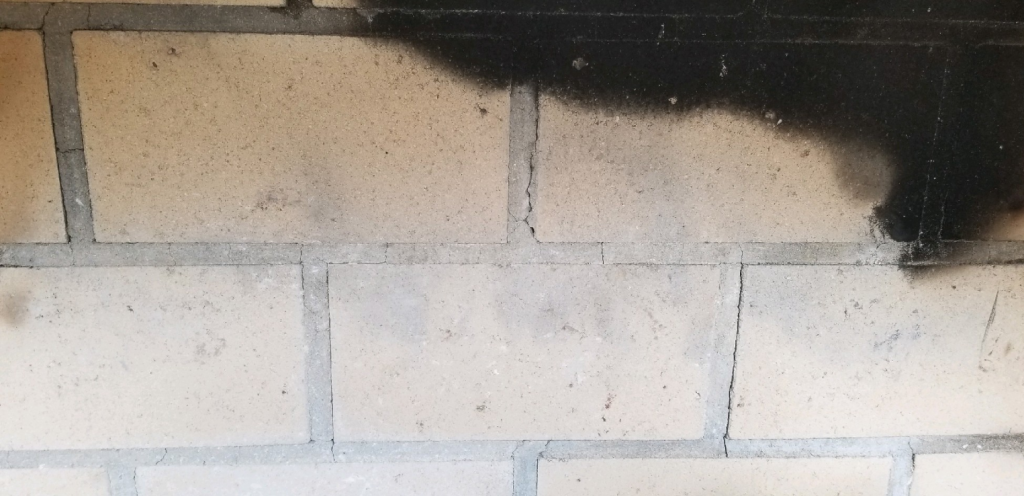It is normal to see some cracks in the mortar joints of your outdoor fireplace. Cracks appear because of environmental factors, mainly moisture and freezing temperatures. An outdoor fireplace gets much more exposure to these environmental factors. It is important to keep moisture out of the flue and out of the firebox. At the same time, hard-driven rain is going to soak the materials. Additionally, humidity is a pervasive source of moisture that cannot be prevented.
Mortar joints also crack from expansion during use and contraction after every fire. The mortar joints are intended to crack because the mortar mix is weaker than the bricks—otherwise, the bricks would crack. Mortar joint cracks are going to happen.
If the cracks are “hairline” then any moisture that penetrates into the crack will be quickly absorbed by the surrounding masonry—just like humidity. Each fire will heat the brick and evaporate this moisture. Understanding that evaporation happens is important in outdoor fireplaces and brick ovens. Over a period of use, this evaporation cycle and expansion from the heating and cooling cycle results in normal wear and tear on the mortar joints and the firebrick.
Another possible factor can be excessive heat. Excessive heat is caused by using accelerants like fire starters, lighter fluid, gasoline, or petroleum solids. Excessive heat results from building a fire that is too big for the firebox. Too much heat wears out the firebrick and the mortar, causes cracks and other damage, and is generally an unsafe practice.
Here’s a photo of cracks in the mortar. These are not “hairline” cracks. Cracks that run the length or breadth of the brick, cracks that are jagged, or cracks that extend from one brick to another indicate there is excess moisture or excess heat in the firebox.

If the cracks are not addressed, then more water penetration is inevitable. Getting water behind the firebrick will result in a total failure of the backer board and the brick will defenestrate—the brick will loosen and fall out. Therefore, it is necessary to maintain the mortar joints and address cracks in the mortar joints as quickly as possible.
While there are DIY options and plenty of advice online, Round Grove Products recommends always using refractory cement to repair hairline cracks and always using a licensed chimney sweep or firebrick restoration contractor to address any cracks in the mortar joints or to repair damaged mortar and bricks in the firebox. With proper maintenance and repair, you should be able to enjoy your outdoor fireplace without cracks for many years.
